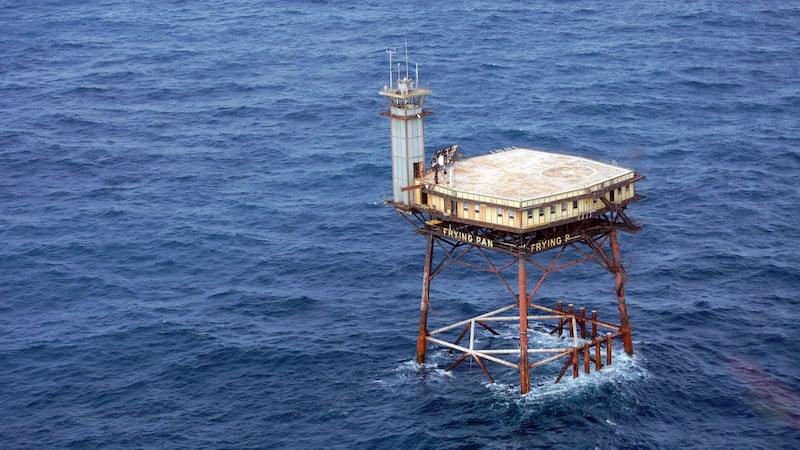CHARLOTTE — Tucked in the Concord Mills Mall sits a small aquarium that is home to some big personalities.
Two of SEA LIFE’s most popular residents are the Green Sea Turtles Beasley and Neptune. Both turtles arrived at the aquarium due to unfortunate circumstances. Beasley and Neptune were hatched in the wild but sustained injuries after being hit by boats and can no longer survive in their natural habitat. Beasley and Neptune are now ambassadors for SEA LIFE’s conservation program.
Boat strikes are not the only threat sea turtles face in the wild. Channel 9 Meteorologist Madi Baggett spoke with SEA LIFE Lead Aquarist Lori Semple about the increasing challenges that sea turtles face when they leave the Carolina coasts.
Semple said changes in the ocean temperature are putting the sea turtle population at risk.
“When the water is warm everything is fine, but when we have a cold front move through really quickly these turtles get stunned and it can happen in a weekend and we get hundreds of turtles washing up on shore,” Semple said.
The lead aquarist added that reptiles do not have the ability to regulate their own body temperature so a rapid change can cause the turtles to become immobile.
On the National Environmental Education Foundation’s website, it said the average global sea surface temperature has increased about 1.5 degrees Fahrenheit since 1901, an average rate of 0.13 degrees per decade. While this may not seem like a significant change for humans, the warmer water tricks the sea turtles into thinking they have more time to migrate south before the cooler weather arrives.
Like many fish and reptiles, the gender of sea turtles is dependent on temperature and environment. In the past five years, scientists have noted a large increase in female sea turtles due to a warming climate. If warming continues at its current rate, many cold-blooded species will struggle to reproduce and will face extinction. According to the World Wildlife Fund, all seven species of sea turtles are on the endangered species list.
Warming oceans are also causing problems for turtles before they even hatch. Erosion and a rise in sea level are changing the terrain where females normally make their nests.
“When they lay the nest, there is always an issue with the turtle not placing it right. The eggs can handle a little bit of water but cannot be completely submerged so if the turtle doesn’t guess it right or the area has changed the nest can get flooded out,” Semple said.
Although sea turtles encounter many challenges, Semple said there is hope for the future. There are initiatives currently in place to ensure the survival of hatchlings along the coast. Volunteers are stationed across the Carolinas to mark and designate turtle nests, so people vacationing don’t destroy or walk over them accidentally.
Semple also suggests people turn off the porch lights of their beach houses during full moons, so the hatchlings don’t get confused and end up in pools and dunes.
You can check out SEA LIFE’s conservation efforts by clicking this link, or you can stop by and talk to an aquarist in person.
(WATCH: How Amazon delivers to Frying Pan Tower, 30+ miles off NC coast)
©2023 Cox Media Group











